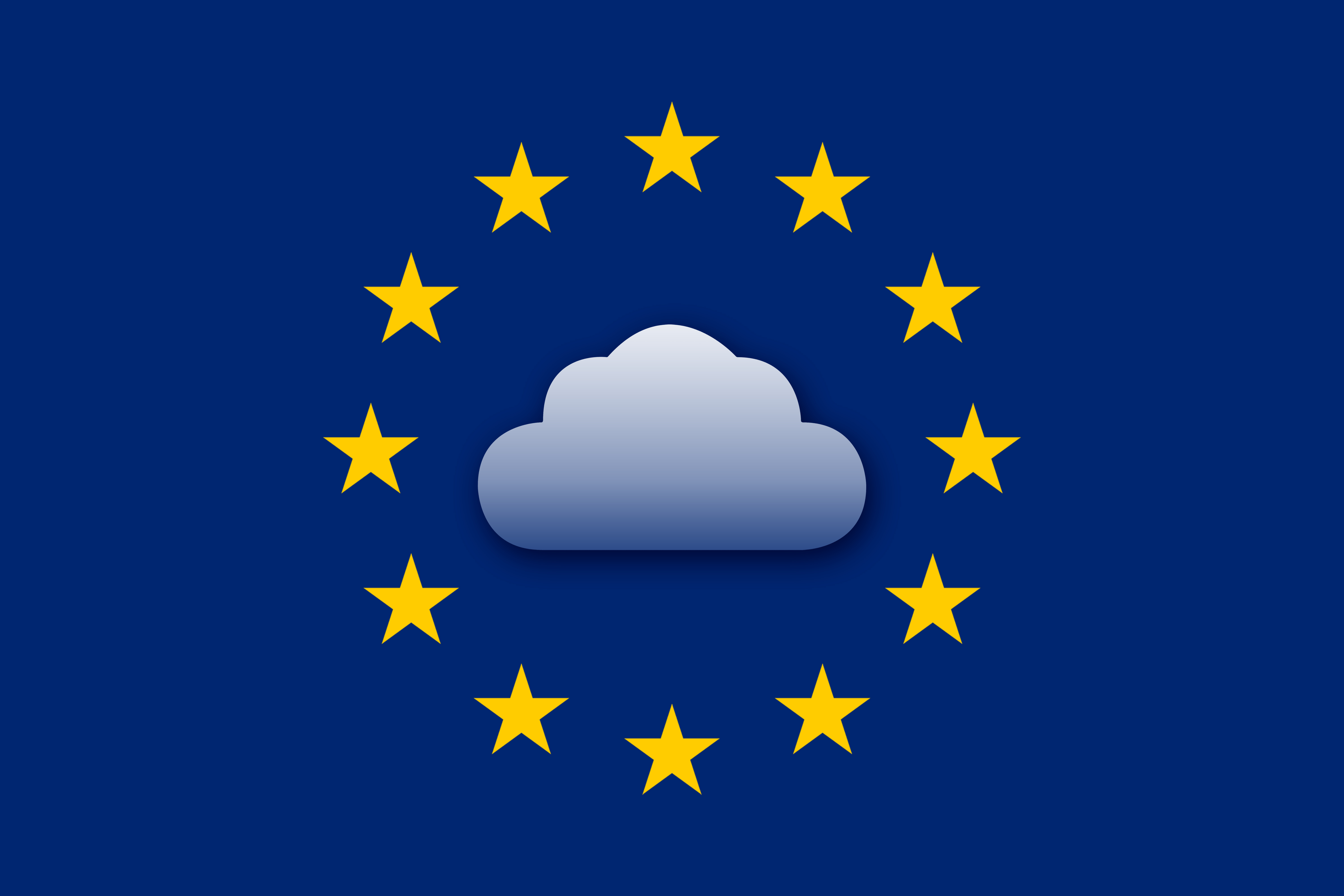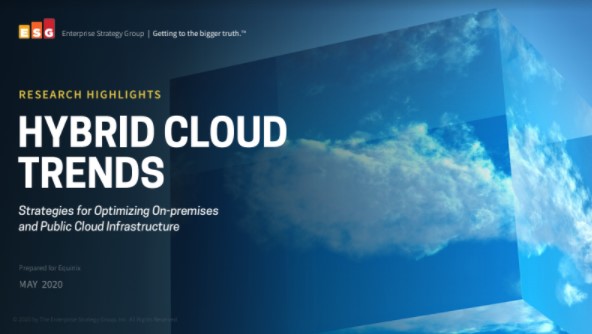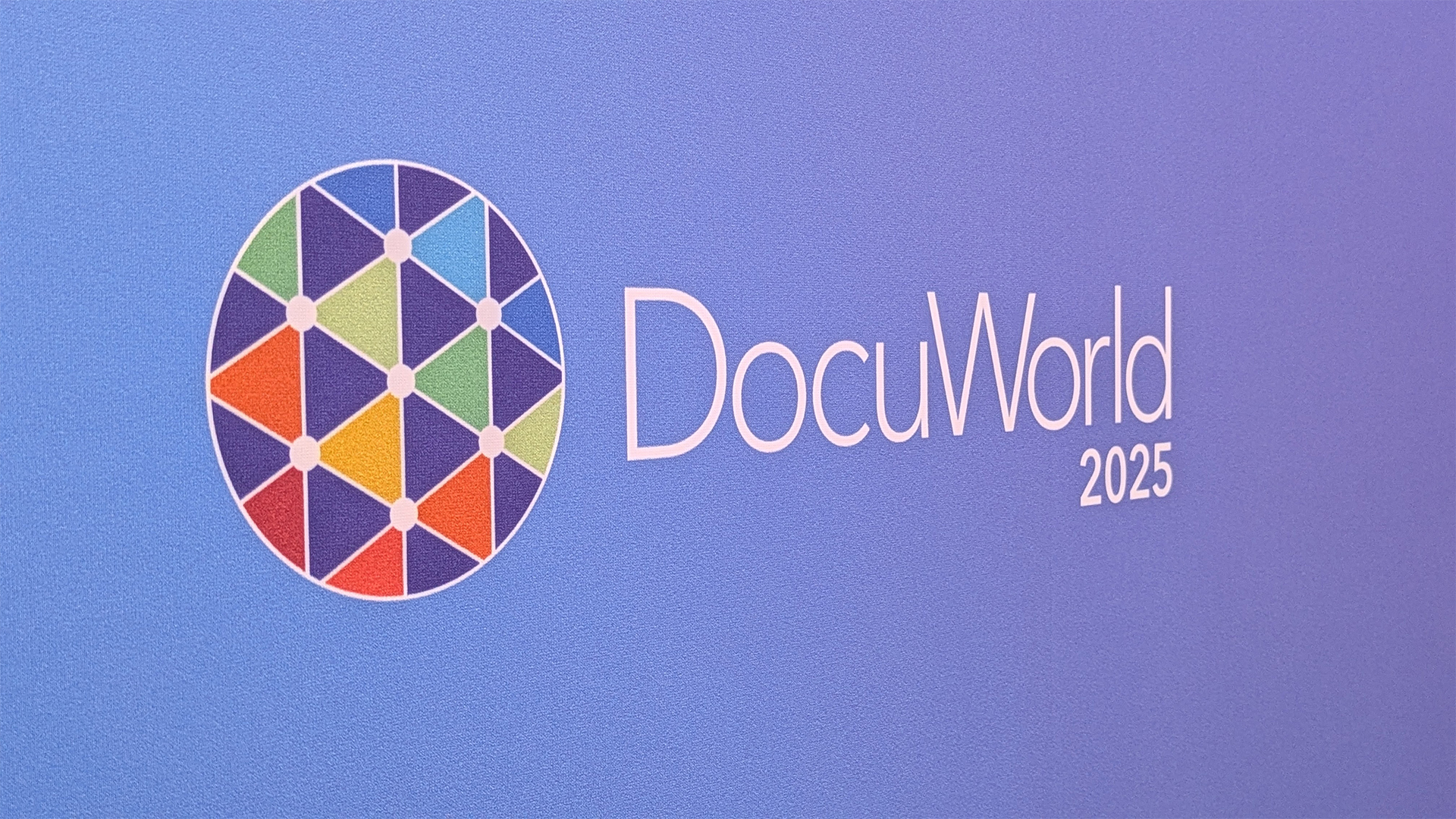What is Gaia-X? A guide to the EU’s unified cloud ecosystem
A look at the EU's unified ecosystem of cloud and data services protected by data laws

For years, the public cloud market has been dominated by the usual suspects; Microsoft Azure, AWS, Google Cloud and others including IBM and Oracle have long-held a firm grip. While these companies have proven to be reliable service providers, European organizations have had no choice but to put their faith into one or more of these massive names. It’s caused some concern for European governments, however, considering data held in the cloud will often be US-based, potentially causing regulatory clashes with regards to data protection laws, for instance.
With German and French politicians worried that European governments and agencies might lose data sovereignty to US cloud giants, the European Union (EU) made efforts to establish a means to preserve their digital independence. Branded Gaia-X, the EU announced it would establish its own cloud infrastructure towards the end of 2019 in order to boost the health of the continent’s digital ecosystem.
What is Gaia-X

Seen as a project by Europe and for Europe, Gaia-X aims to create a unified infrastructure shared across the continent. This cloud infrastructure is touted as being a secure, federated system that’s maintained by European data regulations, and one that fosters innovation while respecting regulatory standards.
Gaia-X interconnects a host of cloud service suppliers through an interoperable data exchange platform that acts as a warehouse serving several industries. It also serves as a repository for businesses to pick out specific services, such as IoT, big data and artificial intelligence (AI).
RELATED RESOURCE

Hybrid cloud trends
Strategies for optimising on-premises and public cloud infrastructure
The EU doesn’t deem this platform as a threat to the power that Amazon, Google and Microsoft hold, rather it’s a means of connecting and strengthening existing European cloud services. It isn’t seen as a direct competitor with US cloud giants as a result, instead serving as a means to unify their European counterparts.
The project also makes local cloud service providers more visible within their own countries as well as in other markets, helping businesses across various industries collaborate and exchange data in a way they couldn’t before. This is regardless of sector, with businesses in industries such as energy, finance and agriculture each likely to find a way to use Gaia-X.
Gaia-X's primary features include openness, transparency and the ability to connect with other European countries. Representatives from seven European countries are already a part of the project. The authorities behind this initiative have invited other European partners to join the project and contribute to its development.
Get the ITPro daily newsletter
Sign up today and you will receive a free copy of our Future Focus 2025 report - the leading guidance on AI, cybersecurity and other IT challenges as per 700+ senior executives
This open digital ecosystem will enable European companies to compete globally. Alongside the representatives, over 300 organizations from various countries are also involved in Gaia-X. The project invites more interested parties from outside Europe to contribute domain-specific technical requirements and submit new use cases.
Why Gaia-X

US cloud providers' data centers are operated by their European subsidiaries and subjected to EU laws. Hence, Amazon Web Services and Azure claim and provide audited certification that data never leaves the EU data centers, ensuring data safety. However, the EU wants to be a leader in data-driven innovation, specifically in the evolving fields of AI, cloud computing and big data.
The purpose of Gaia-X poses a dilemma for the EU. According to the Gaia-X project papers, Europe currently has no prominent cloud platform, search engine or operating system. It depends on an array of infrastructure and platform providers based overseas, especially the US and China.
This dependence creates a conflict of interest, as these countries take a different stance on governing data ownership, data processing and privacy. It becomes difficult for European companies to protect their users' data when processed on US or China-based servers that follow different data laws.
In a nutshell, Gaia-X aims to ease Europe's reliance on international cloud giants and boost businesses' reliance on home-grown solutions that abide by European data laws. Additionally, it aims to fuel cross-country collaboration by enabling enterprises to find cloud services, exchange data and work together on new digital services that enhance the EU’s digital marketplace.
How does Gaia-X work

Federated services should be based on common standards that ensure transparency and interoperability. Gaia-X addresses this requirement by aligning cloud solution providers (CSP), network and interconnection providers, high-performance computing (HPC), and sector-specific clouds and edge systems.
The initiative's mechanism works to find, combine and connect services from participating providers to create a user-friendly infrastructure ecosystem. Gaia-X identifies minimum technical requirements and services. It also includes the concept of privacy to ensure the highest standards of security requirements and privacy protection.
The technical implementation of federation services focus on the following areas:
- Implementing secure federated identity and trust mechanism
- Sovereign data services that identify the source and receiver of data to ensure access and usage right toward the data
- Easy access to available nodes, providers and services;
- Integration of existing standards to ensure interoperability and portability across infrastructure, applications and data
- Establishing a compliance framework and certification and accreditation services.
The initial set of federation services will be expanded in the future, and the roadmap is laid to accommodate any changes and align with the development of ecosystem requirements.
The rule of Gaia-X and who can join

Gaia-X is in its development phase and won't set its own policies and guidelines from the ground up. Instead, it will build on a few of the existing European rules.
A noteworthy point about Gaia-X is it allows participants to choose which data they want to share with other companies, which data they want to keep to themselves and what the data can be used for. It also allows participants to maintain data ownership, even when using it across different industry spaces.
Gaia-X allows any cloud companies worldwide, including Amazon, Microsoft and Google, to be a part of the project. However, these service providers should abide by the initiative's principles and guiding policies:
- European Data Protection: Compliance with European legislation, including GDPR, Cybersecurity Act, Free Flow of Non-Personal Data Regulation and the ability to apply different protection levels depending on the data type and use case.
- Openness and Transparency: The open data infrastructure supports transparency and standardized contracts and procedures to reduce complexity and costs.
- Authenticity and Trust: Gaia-X plans to offer a mechanism that ensures participants comply with rules regarding IT security, sovereignty, service levels and frameworks, and precise conditions for collaboration, cross-company authentication and access management.
- Digital Sovereignty and Self-Determination: Each participant can decide where their data will be stored, who can access it and why it’s accessed.
- Free Market Access and European Value Creation: The project will allow data exchange between companies, organizations, institutions, research institutes and associations to create new business models that can be further expanded in Europe.
Who is involved in Gaia-X
Twenty-two companies from various industries comprise the Gaia-X founding member's panel, including:
- Amadeus
- Atos
- Beckhoff
- Bosch
- BMW
- DE-CIX
- Deutsche Telekom
- Docaposte
- EDF
- Fraunhofer
- German Edge Cloud
- Institut Mines-Telecom
- International Data Spaces Association
- Orange
- 3DS Outscale
- OVHcloud
- PlusServer
- Safran
- SAP
- Scaleway
- Siemens
Since Gaia-X’s October 2019 announcement, nearly 40 industry use cases for the project were submitted. According to the documents outlining the project, 170 people from around 150 companies, associations, research institutes and institutions currently contribute to the initiative.
When will Gaia-X launch

The first announcements about Gaia-X arrived in October 2019, and the completed project is expected to launch in 2021. Germany and France had hoped to have a prototype platform up and running by the end of 2020, but these first iterations are now expected this year.
Susan Johnson is a content writer and a doctor in the making. She's on the mission to make boring content sparkle.
-
 Google Cloud Next 2025: Targeting easy AI
Google Cloud Next 2025: Targeting easy AIITPro Podcast Throughout its annual event, Google Cloud has emphasized the importance of simple AI adoption for enterprises and flexibility across deployment
By Rory Bathgate Published
-
 How DocuWare is empowering partners with AI
How DocuWare is empowering partners with AINews DocuWare is aiming to revolutionize the channel with AI and automated services, with a host of new products announced at its annual EMEA partner conference in Berlin.
By Bobby Hellard Published